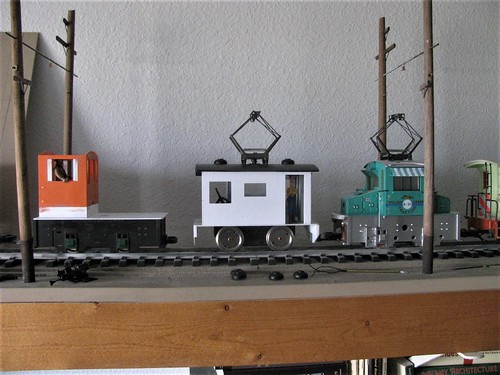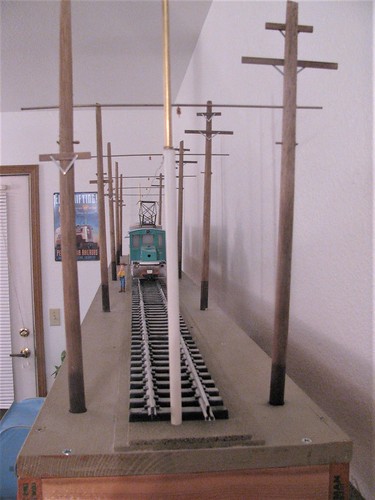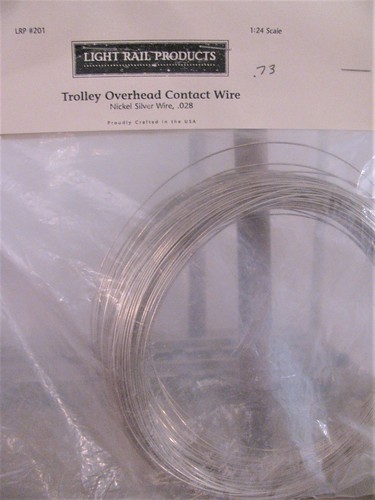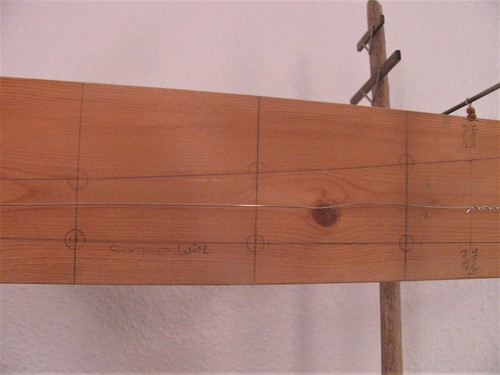In order to get more operating time, and to give my old bones a break (metaphorically speaking), I am building a modest size indoor 1:24 scale layout. I considered functional power poles on my outdoor layout but the hazards of maintaining them on a ground level layout were obvious. Indoors, however, with no critters of the four-legged or grandkid kinds wandering around on the layout, it seems a better idea for lighting up my structures and lineside equipment. A huge bonus is not having to fold my creaky old joints to crawl around under the layout. I found some pictures of HO power poles connected to buildings, nothing in 1:24 scale and nobody who mentioned actually making them electrically functional. They are everything from simple poles to works of art:



Has anyone installed power poles on your layout? Have you made them electrically functional? Any thoughts on the idea?
Thanks!








